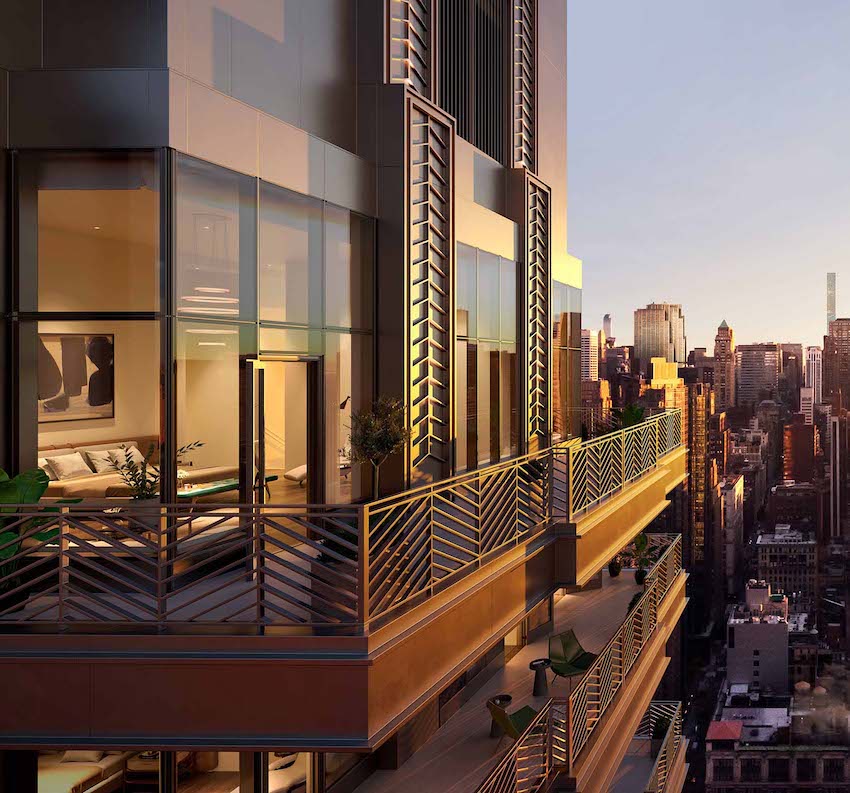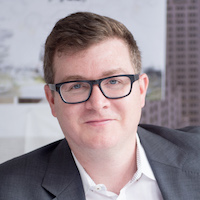Architectural Louvers Breathe New Life into the Room
Learning Objectives:
- Discuss when, where and why louvers are used in the built environment and how different types of louvers can support sustainability, energy-efficiency and performance goals.
- Describe design challenges associated with the use of louvers and the solutions architects can utilize to optimize their projects in terms of aesthetics, performance and occupant well-being.
- Explain the term “blank-offs” and identify circumstances in which blank-offs are an appropriate solution, such as when architects and designers need more louvered space in cases where 100 percent airflow is not required, and to mitigate air and water entering through non-ducted areas.
- Explain ways in which louvers can provide enhanced ventilation, light, design, and movement within a given project, notably those described in this presentation.
Credits:
This course is approved as a Structured Course
This course can be self-reported to the AANB, as per their CE Guidelines
Approved for structured learning
Approved for Core Learning
This course can be self-reported to the NLAA
Course may qualify for Learning Hours with NWTAA
Course eligible for OAA Learning Hours
This course is approved as a core course
This course can be self-reported for Learning Units to the Architectural Institute of British Columbia
This webinar is part of the Mastering Movement™ Academy
Today’s louvers go well beyond function; they allow buildings to breathe and they elevate façade design. Through a number of dynamic case studies and expert presentations, this webinar will examine the unique design and performance benefits of various types of louvers and louver accessories for providing for the well-being not only of the building but of the building occupants. The presenters will share best practices regarding where and why louvers are used, as well as design challenges and appropriate solutions. For example, louvers are sometimes needed in areas that interrupt the architect’s design vision. We will look at ways architects can overcome that, including the use of decorative or perforated screens to meet design requirements while still maintaining performance metrics. Additional topics will include sustainability advantages, using light or color to elevate the design, and the incorporation of blank-offs to cover unused portions behind louvers.
Charles Thomson of CetraRuddy Architecture will present Rose Hill, a new 45-story residential building located in the NoMad neighborhood of Manhattan. The design is grounded in continuing the Rockefeller legacy as innovators and leaders in culture, the arts and urban design, and in celebrating the city’s rich history of skyscraper architecture, while looking to the future.
The structure called for louvers that had to be at entry-level near the occupant entrance, so the architect needed to design a way to make sure the mechanical components would be hidden even to the most discerning eye. Because of the neighboring buildings (the tall, thin building is located mid-block with neighbors on both sides), the available louver locations were limited to start with. Additionally, a residential building allocates extra space for windows. Add to that, CetraRuddy pushed for highly-curated, custom details on the façade. For this successful design, architects combined louvers with metal vision barrier screens to create elegance and glamour at Rose Hill.
Alex Korter will discuss CO Architects’ various strategies to integrate louvers into a holistic project and facade design approach. Focused on how “airside” louvers for supply, exhaust or relief air seamlessly become part of the overall vision, Alex will also share performance considerations when selecting louver assemblies. Featured projects from CO’s portfolio will include Arizona State University’s Health Futures Center, Cal Poly Pomona's Student Services Building, the University of Arizona's Health Sciences Education and Health Sciences Innovation Buildings in Phoenix and Tucson, as well as Southern California healthcare examples.
Construction Specialties’ Sean Carver will cover a range of topics related to louvers, including: what they do and why you need them; the market shift from pure functionality to extensive integration of louvers into the design aesthetic; and blank-off and advancements in blank-off sealing methods, which help accommodate this shift. Sean will also discuss the role of louvers in two outstanding projects: San Francisco Air Traffic Control Tower and The Wave at Stadium Place.
The webinar will conclude with a brief question and answer session, where attendees can pose relevant questions to the presenters.

Photo courtesy of CETRARUDDY ARCHITECTURE

|
Charles Thomson, AIA, LEED AP, Senior Associate, CETRARUDDY ARCHITECTURE A valued resource on a range of technical planning and design topics for clients and peers, Charles combines his design and technical expertise to successfully deliver complex projects and build consensus among expanded project teams. As a Senior Associate and project team leader at CetraRuddy, Charles focuses on residential, commercial and mixed-use projects. His portfolio of notable work includes Rose Hill, a new luxury multifamily development in the NoMad neighborhood of Manhattan, Oskar, a rental community in Manhattan, 412 West 15th Street a boutique Class A office building, and Corporate Commons Three, a mixed-use commercial office building on Staten Island. Eager to share his passion for design and building, Charles is an active member of the ACE Mentor Program, an after-school program for high school students who aspire to careers in architecture, engineering and construction services and has served as a juror for significant design and development awards programs and design schools nationally and in the New York Metropolitan area. Charles has a Master of Architecture from the University of Wisconsin. |

|
Alex Korter, AIA, RIBA, LEED AP BD+C, is a principal at CO Architects and leads the firm’s Building Facades Group. His experience throughout the U.S. and in Europe includes design, technical coordination and management of academic, commercial, healthcare and civic projects. He has worked on award-winning projects for clients such as the California Department of General Services, University of Arizona, Cal Poly Pomona and Kaiser Permanente. Alex is committed to making environmental, economic, social and functional sustainable design a fundamental part of every project. Born in Belgium, he holds a Bachelor in Architecture from the University of Manchester and a Diploma in Architecture from the Glasgow School of Art. |

|
Sean Carver, is the Senior Business Development Manager for Construction Specialties, overseeing architectural louvers, grilles, sunshades and explosion venting. He has helped design product solutions for some of the most complicated façade arrangements in the U.S. and Canada, particularly within the curtain wall facade, stadium/arena, transportation, and data center spaces. Sean holds a Bachelor of Science in Mechanical Engineering from Villanova University and a deep appreciation for non-boring building designs. |
 |
Founded in 1948, Construction Specialties (CS) is a specialty building products manufacturer. CS provides solutions to complex challenges architects, designers, building owners, facility managers, and contractors face every day. Since inventing the first extruded louver, CS has become a global leader in interior wall protection, impact-resistant doors, entrance mats & grids, expansion joint covers, architectural louvers & grilles, sun controls, explosion & pressure relief vents, cubicle curtains & tracks and stairs, awnings & balconies. CS draws upon extensive expertise to design high-quality products—many of which are Cradle to Cradle Certified™ Products Program. For more information please visit: c-sgroup.com |













